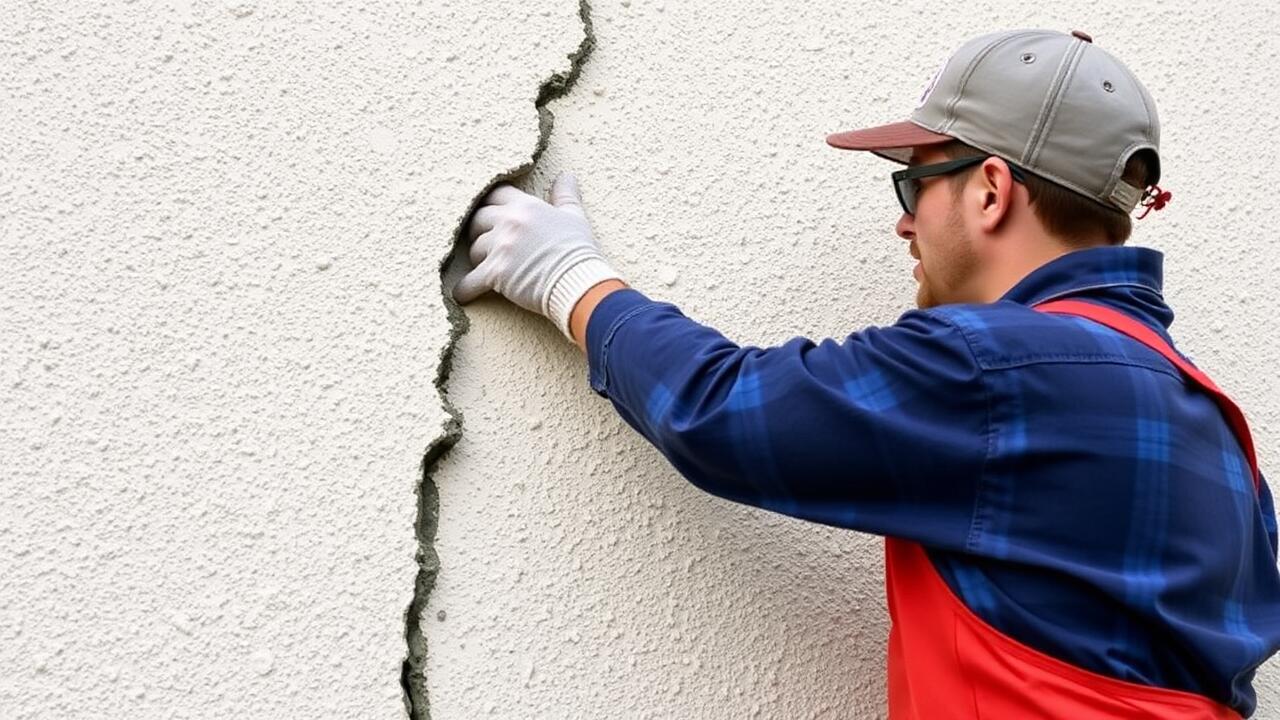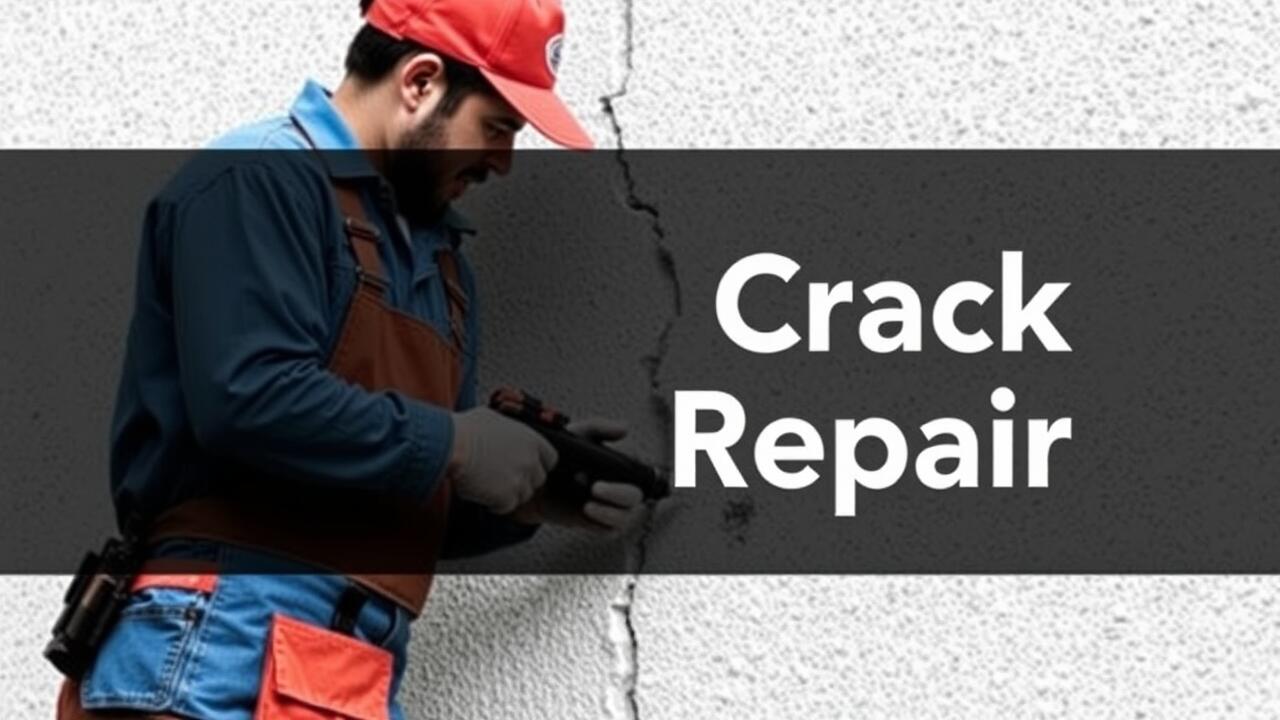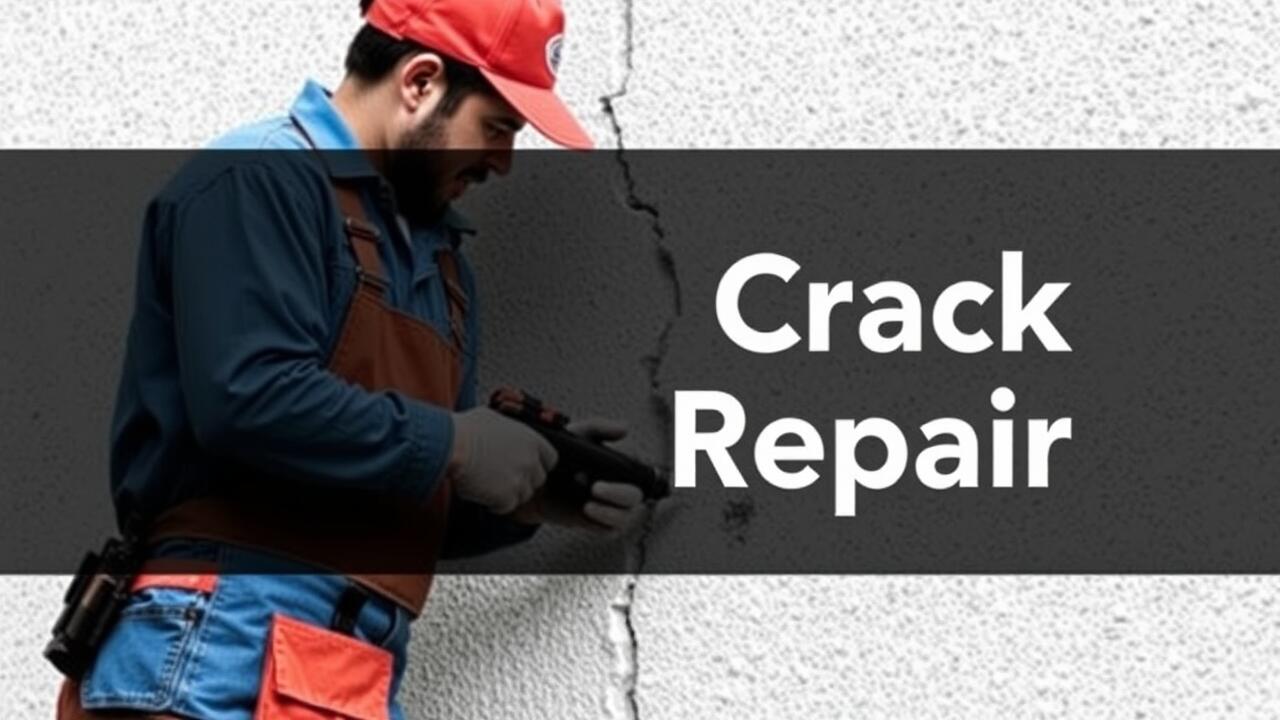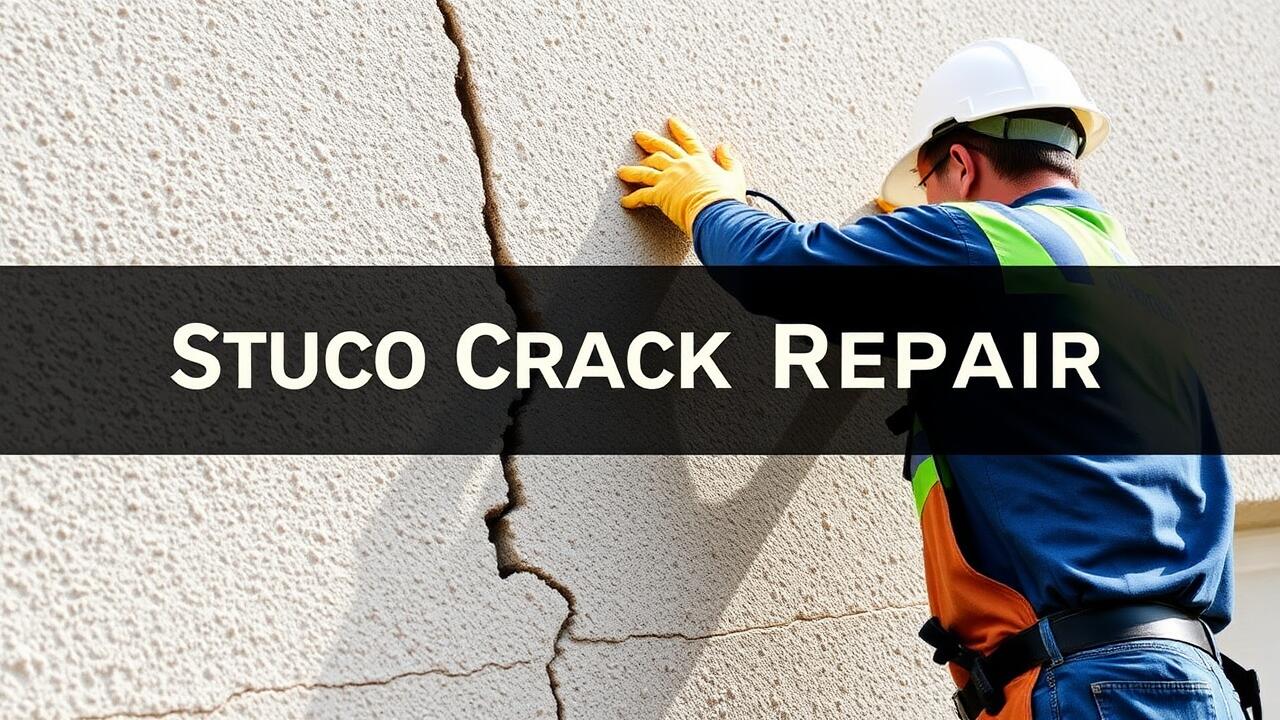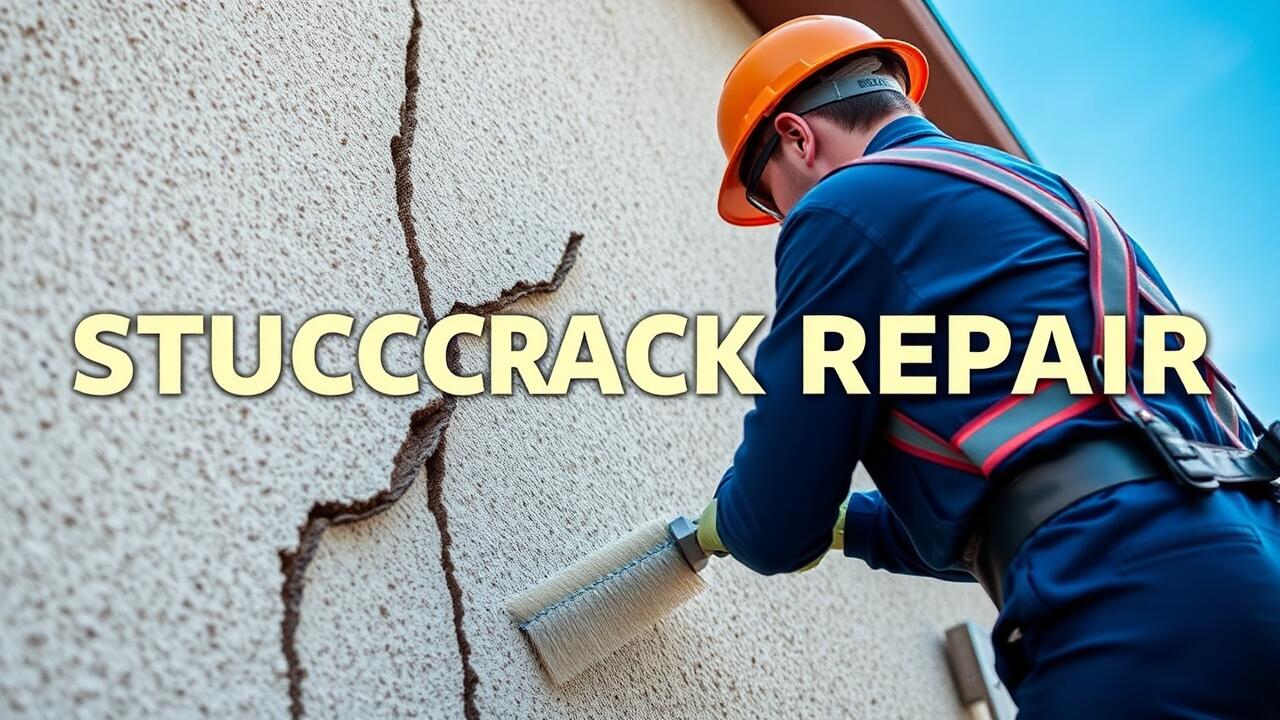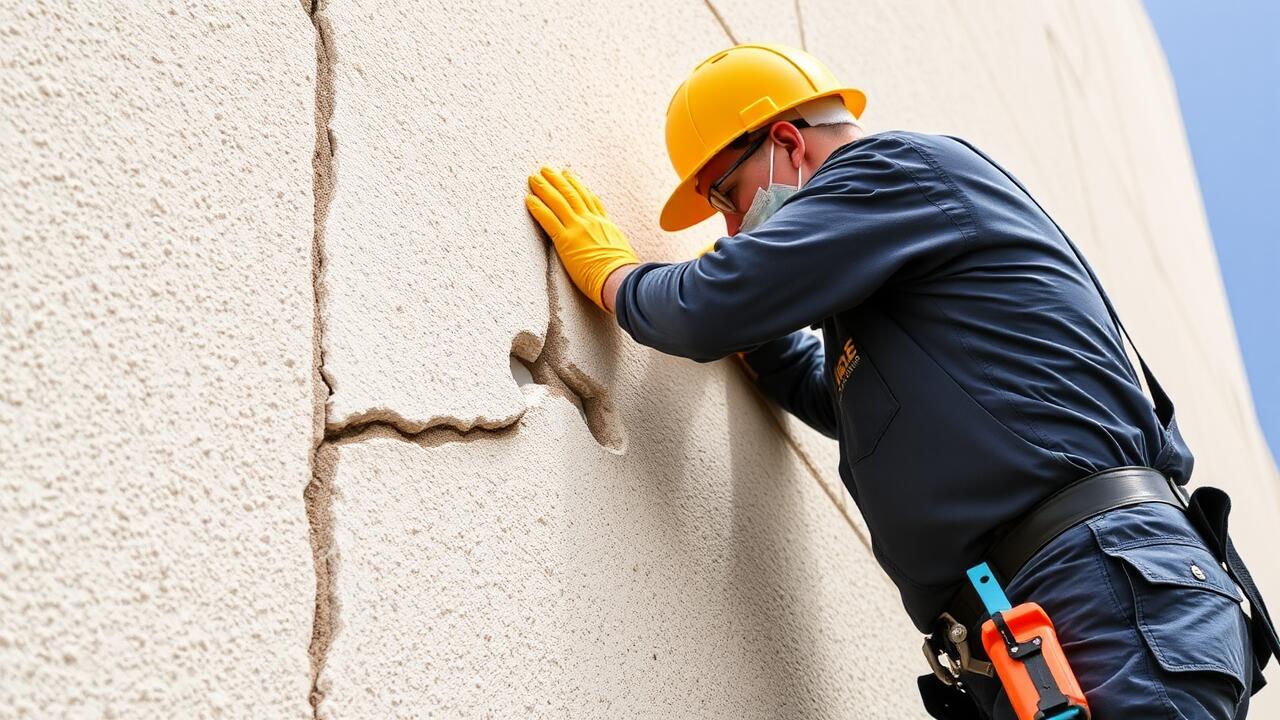
Repairing Damaged Stucco
Repairing damaged stucco is essential for maintaining the integrity of a building’s exterior. Cracks can allow moisture to penetrate, leading to further deterioration and potential structural issues. To address these problems, homeowners often seek local services that specialize in stucco repair. A quick online search for "Stucco Crack Repair near me" can yield several options for professional assistance, ensuring that repairs are conducted effectively and efficiently.
Before starting the repair process, it is crucial to assess the extent of the damage. Minor cracks may only require patching with a suitable stucco mix, while larger fissures might need more extensive attention. Preparing the area by cleaning out debris and ensuring proper adhesion is vital for a successful repair. Once the repairs are completed, applying a sealant can help protect against future damage and extend the lifespan of the stucco surface.
Step-by-Step Guide to Stucco Repair
Assess the extent of the damage before beginning any repair work. Look for any cracks or chips in the stucco surface and determine if they are superficial or indicative of more serious structural issues. If necessary, clean the area around the damage to ensure proper adhesion of the repair materials. Utilize tools such as a wire brush to remove debris and a putty knife to widen the crack slightly, which can help with the application of the repair compound.
Once the area is prepared, select a suitable patching material that matches the existing stucco texture and color. Apply the repair compound directly into the crack, ensuring it fills completely. Smooth the surface with a trowel for a seamless finish. Allow the patch to dry thoroughly according to the manufacturer's instructions. For ongoing issues, search "Stucco Crack Repair near me" to find professionals who can provide a more permanent solution.
Preventative Measures for Settling
Preventative measures for settling can significantly mitigate the risks associated with ground movement. Proper drainage systems are essential in directing water away from the foundation. This helps to maintain the soil’s moisture balance, reducing the likelihood of expansive soils that might cause shifts. Regular maintenance of gutters and downspouts is equally important, as clogs can lead to water pooling around the foundation, further contributing to potential settling issues.
Homeowners looking to protect their property's integrity should also consider professional assessments of their foundation and soil conditions. Engaging with local contractors who offer services like "Stucco Crack Repair near me" can identify existing cracks and implement preventive solutions. By investing in these key areas, one can prolong the lifespan of stucco structures and enhance overall stability.
Effective Strategies to Minimize Settling Risks
Reducing the risk of settling around a property begins with proper drainage management. Ensuring that downspouts direct water away from the foundation and maintaining a consistent grading around the house can prevent excess moisture accumulation. Regularly checking gutters for clogs or damage helps avoid overflow issues that may lead to soil erosion. This proactive approach minimizes the potential for water-related settling, which can directly impact stucco integrity over time.
Another essential strategy focuses on the soil surrounding the foundation. Using appropriate landscaping techniques can support soil stability. Avoid planting large trees or shrubs too close to the foundation, as their root systems can disrupt the soil balance. Homeowners should consider regular inspections for any signs of movement or cracking in the stucco. If issues arise, searching for "Stucco Crack Repair near me" can connect homeowners with professionals who can address problems before they escalate.
Long-term Effects of Settling on Structures
Settling can cause significant damage to the structural integrity of a building over time. Cracks can emerge in the walls, particularly those covered with stucco, leading to further issues like moisture infiltration and mold growth. As these cracks expand, the aesthetics of the home also suffer, detracting from its overall appearance. Neglecting these signs of settling can accelerate deterioration and necessitate extensive repairs down the line.
Homeowners often need to consider the implications of settling on their property value. A home with visible signs of settling, such as uneven floors or prominent cracks, may deter potential buyers or lower its appraised worth. It’s advisable to seek professional help at the first sign of damage. Local searches for "Stucco Crack Repair near me" can lead to qualified contractors who specialize in addressing these issues effectively. Prompt repairs not only safeguard structural integrity but also help maintain market value.
Consequences for Home Value and Safety
Settling issues in structures can lead to significant concerns regarding both home value and safety. As cracks in stucco expand, they can become more visible, causing potential buyers to question the integrity of the home. A home with visible settling damage can diminish curb appeal, giving the impression of neglect. Consequently, this can lead to lower offers during sale negotiations, impacting the overall value of the property.
Safety risks also escalate with settling problems. Cracks may compromise the structural integrity, potentially allowing moisture infiltration. This may result in mold and mildew growth, triggering health concerns for residents. Addressing these issues promptly with professional services such as "Stucco Crack Repair near me" not only restores the aesthetic appeal of the home but also contributes to a safer living environment.
FAQS
What is settling, and how does it affect stucco integrity?
Settling refers to the gradual sinking of a building's foundation due to soil movement. This movement can create cracks and gaps in stucco, compromising its structural integrity and aesthetic appearance.
How can I identify if my stucco has been damaged due to settling?
Look for cracks in the stucco that are wider than 1/8 inch, gaps between the stucco and windows or doors, or a drooping appearance in the stucco surface. These signs may indicate underlying settling issues.
What are the best methods for repairing damaged stucco?
The best methods include cleaning the area, using a patching compound for small cracks, applying stucco mesh for larger areas, and then finishing with a coat of stucco that matches the existing surface.
Are there preventative measures I can take to minimize settling risks?
Yes, effective strategies include ensuring proper drainage away from the foundation, maintaining consistent moisture levels in the soil, and regularly inspecting and maintaining the structure’s foundation and surrounding landscaping.
How can settling impact the value and safety of my home?
Settling can lead to significant structural issues, which may affect the safety of the home and decrease its market value. Buyers are often wary of properties with visible settling problems, making it crucial to address any issues promptly.
